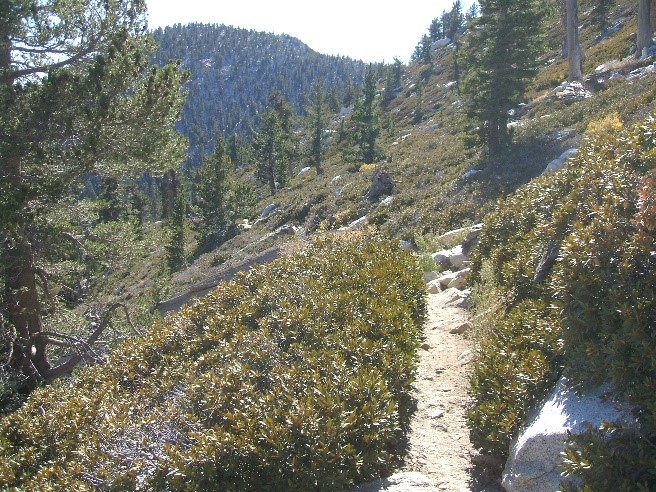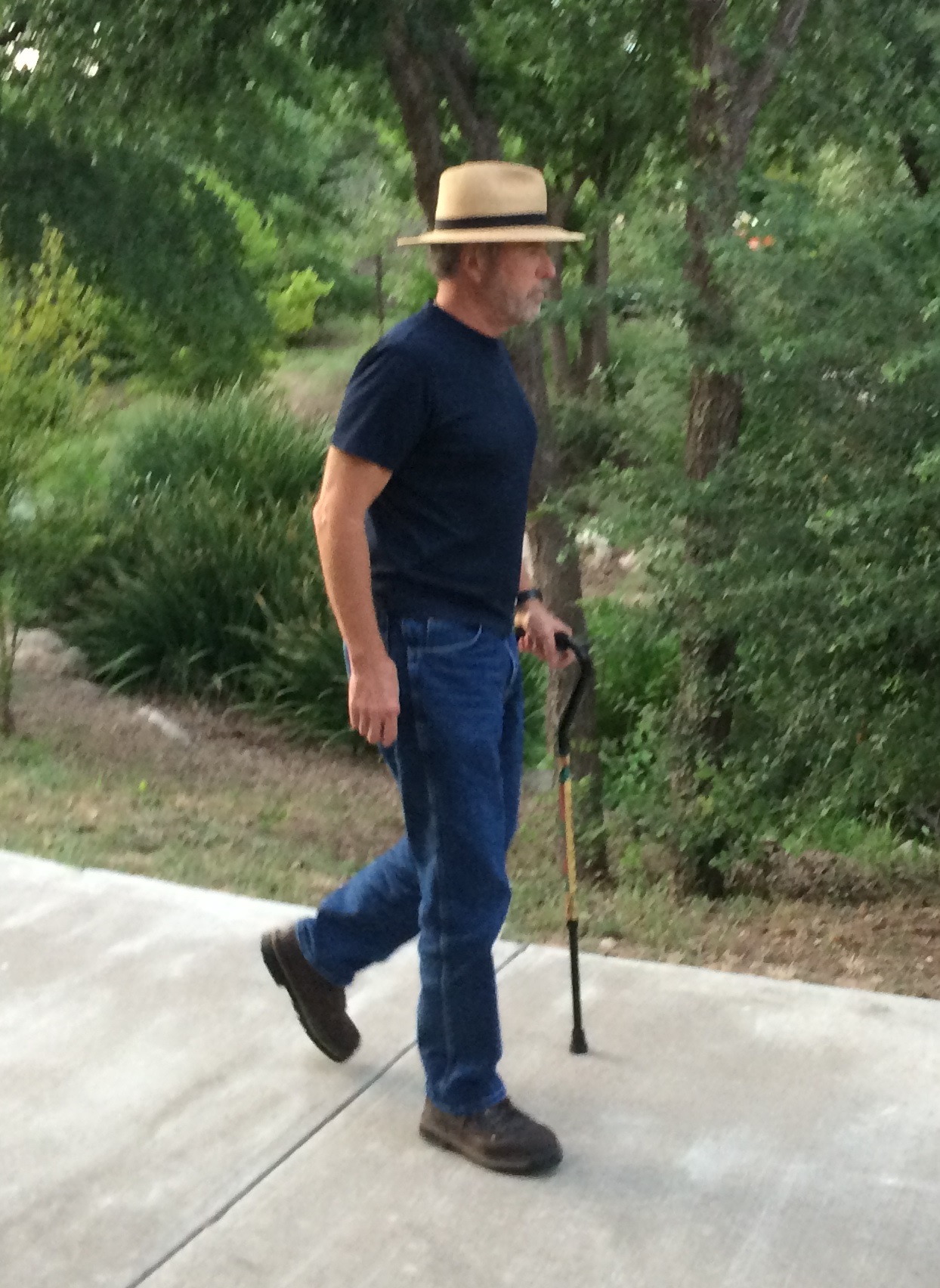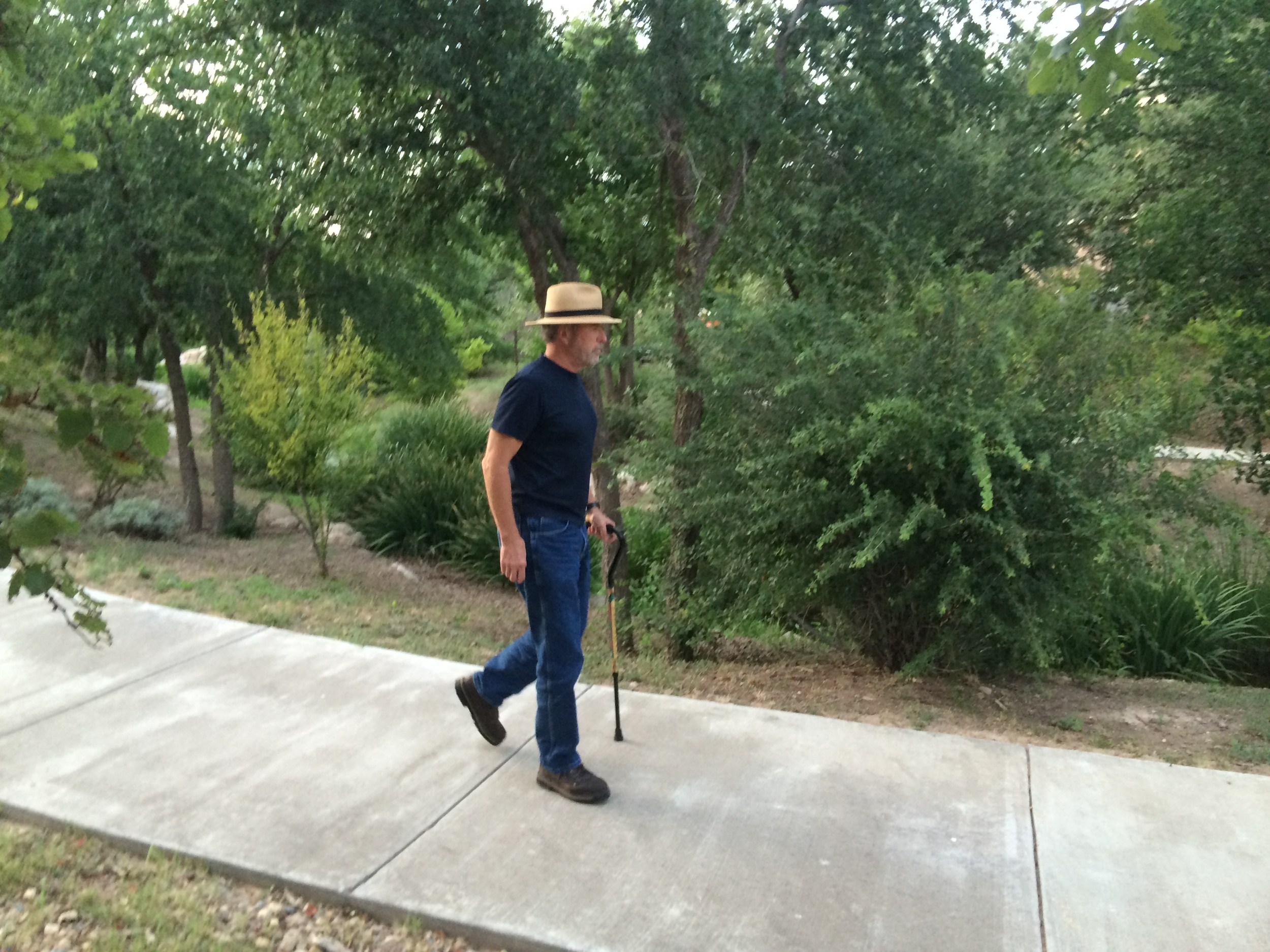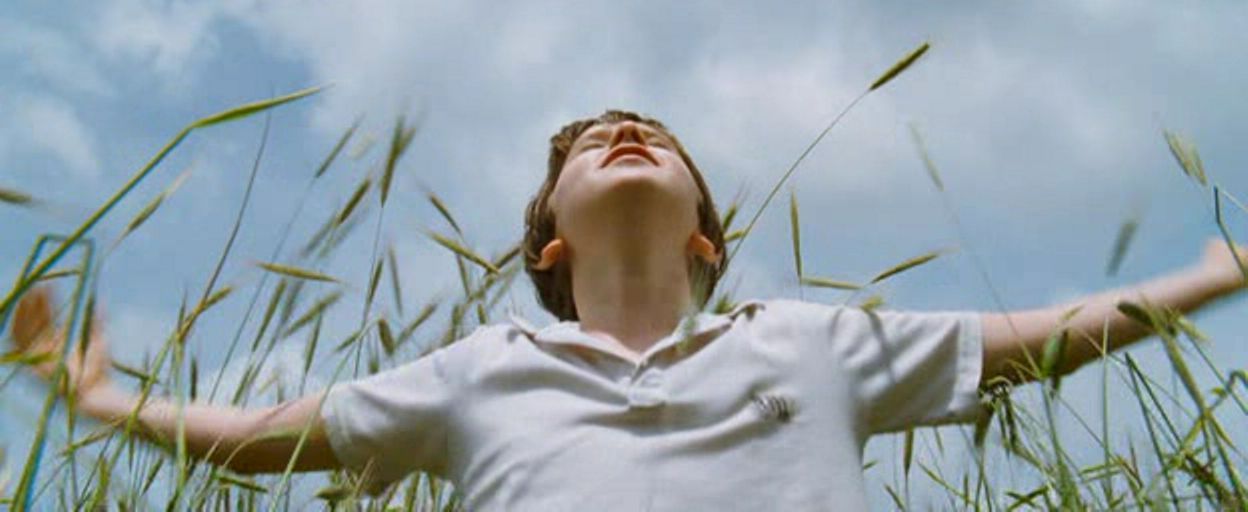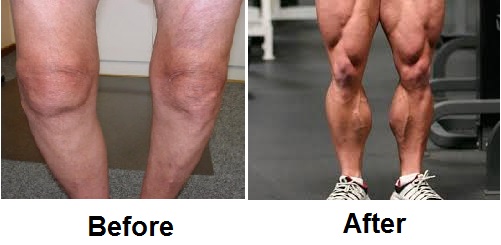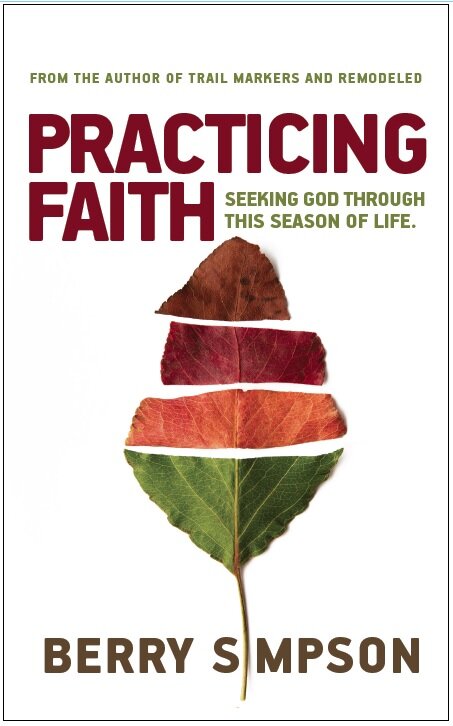Breaking Patterns
/Wednesday I walked for two miles, my first time to walk that far since surgery. Not only that, but my average pace was about eighteen minutes per mile, which I would’ve once considered slow, but in my current rehab era seemed quick. By the time I got back to the gym I was already rethinking my plan to enter the Kick for Kenya 5K and ready to move up to the 10K. I was feeling full of my own, new, bad self. I finished the workout with my regular prayer: (1) Thanks for keeping me safe, (2) Thanks for giving me the desire to keep moving, and (3) Thanks for one more turn.
But later Wednesday afternoon as I walked down the basement hallway connecting the parking garage to office elevators I discovered I was now praying, “Thank you for this talk, you know, it really eased my mind.”
It occurred to me I was praying with song lyrics, from the Chicago V album, released in 1972.
I hope it’s OK to pray in those terms. David prayed with poetry, surely I can pray in song lyrics.
 I was so encouraged by my two-mile walk I drove to Run This Way and bought a pair of Hoka Clifton running shoes, which are extremely cushioned, not because I’m ready to start running again, which is the most frequent question I’m asked, I promise not to consider a return for six to twelve months, giving my legs time to completely heal and rebuild strength, but to make walking softer and more fun. And, to signal that a new day has arrived.
I was so encouraged by my two-mile walk I drove to Run This Way and bought a pair of Hoka Clifton running shoes, which are extremely cushioned, not because I’m ready to start running again, which is the most frequent question I’m asked, I promise not to consider a return for six to twelve months, giving my legs time to completely heal and rebuild strength, but to make walking softer and more fun. And, to signal that a new day has arrived.
I knew I needed to jump-start this next phase of life. I’m certainly guilty of what Patricia Ryan Madison wrote, that “age produces an increased tendency to rely on known patterns, if not all-out petrifaction.” Buying those Hokas was a departure from my known patterns.
Sometimes incremental change, the very sort of change I’m most likely to make, doesn’t really change anything. We end up pushing things around, re-arranging furniture, making small tweaks, living our lives in the way. Sometime we need bold changes.
I’m using my summer of new knees as a launching pad for the next phase, or next remake, or next reboot, of life. After all, I’m firmly on the eve of my 6th decade and I don’t want to waste the opportunity to make the most of it. I don’t know how many more major fresh starts I have left.
I told my friend Rabon, in our conversation about the possibility of jazz lessons, that I wasn’t doing anything scary nowadays, and that scared me a little. I have a great tendency to settle into the things I do well, the things I like, and put off the things that scare me, the risky things. And I don’t mean risky, as in rock climbing or hang gliding – those are nothing. I mean the risky things that I might fail at and damage people’s impression of me and then I’m stuck living with that. How can I be brave if I don’t do scary things?
So besides jazz, the scary things I’m beginning to think about again are half-marathons or marathons, and long-distance backpacking. And finishing my next book, the one I’ve been massaging and manipulating for over a year. I have to stop worrying whether anyone will think it’s good writing, or a worthy topic, and write what’s on my heart. I need to let it go, to quote my granddaughters.
Sakyong Mipham wrote, “Movement is good for the body, and still is good for the mind. To lead a balanced life, we need to engage and be active, and to deepen and rest.” (Running With The Mind of Meditation) What Mipham didn’t say was that both movement and rest speak to our souls, and amplify our spiritual journey toward God.
St. Augustine wrote, “You have made us for yourself, O Lord, and our heart is restless until it rests in you." I expect to find continued rest in God as I find ways to break my known patterns. Who knows where this journey will lead.
“I run in the path of Your commands, for You have set my heart free.” Psalm 119:32
I need your help. If you enjoyed reading this, please share with your friends. You can find more of my writing on my weekly blog, read insights on Tumblr, and follow me on Twitter and Facebook.

